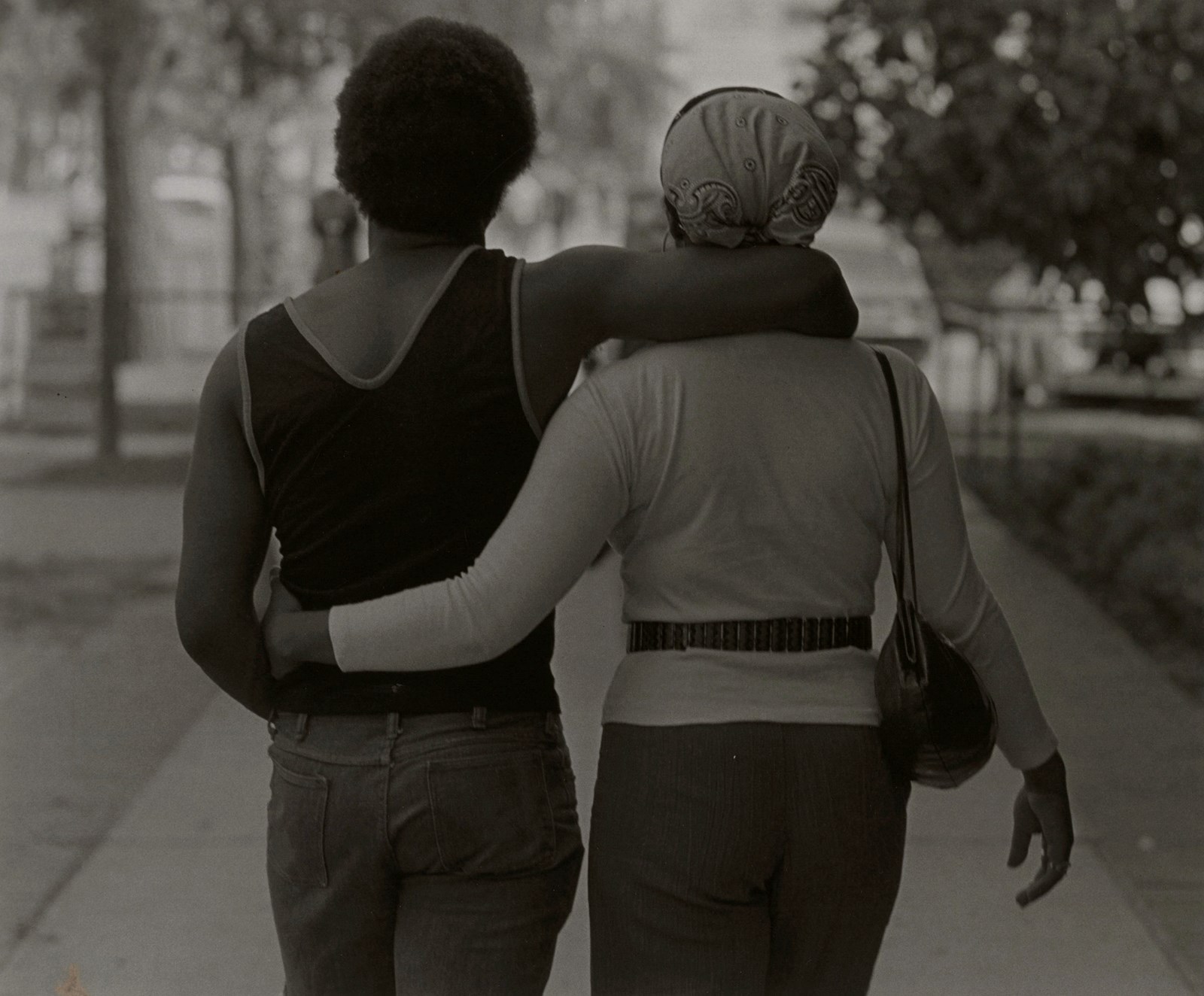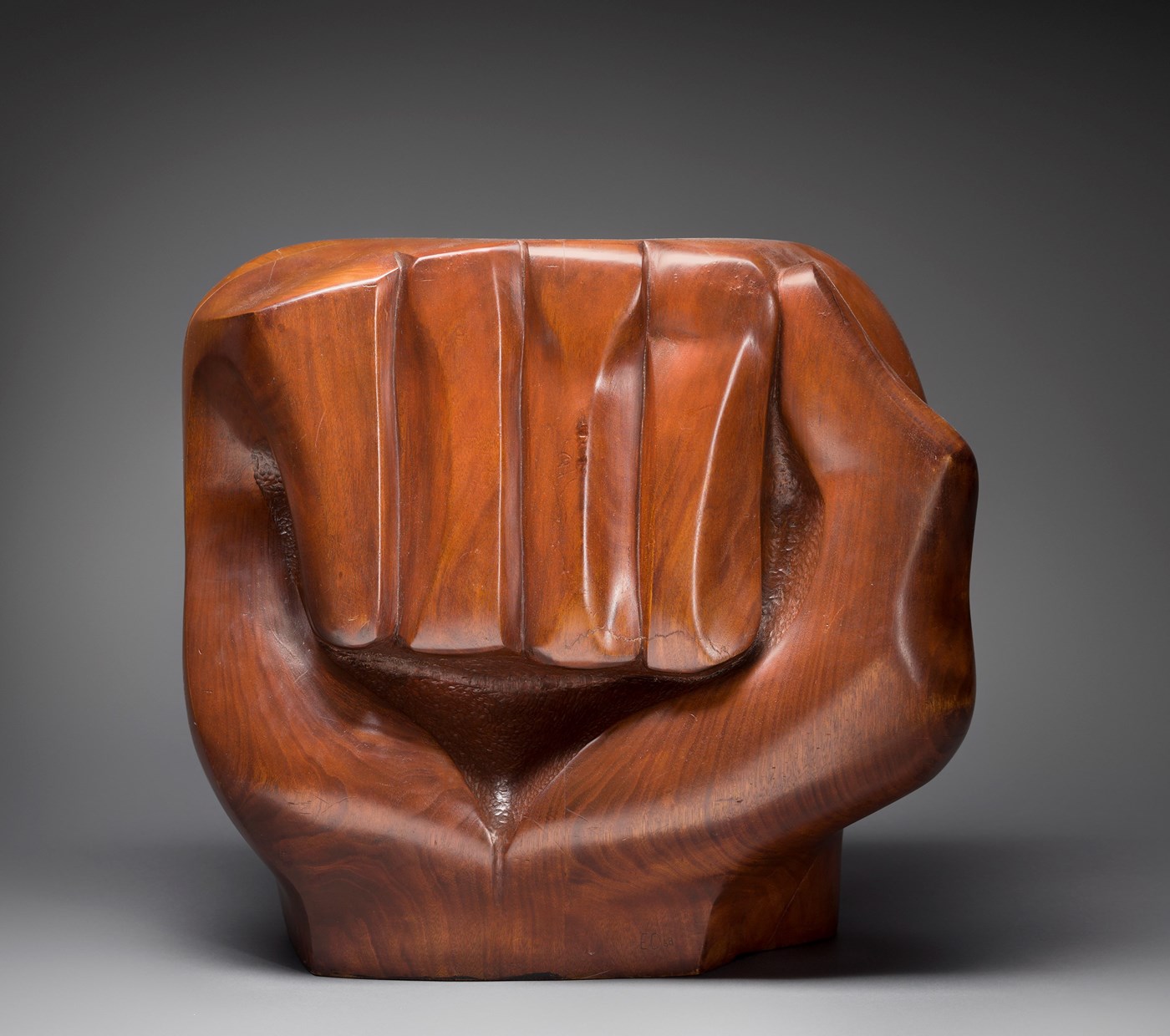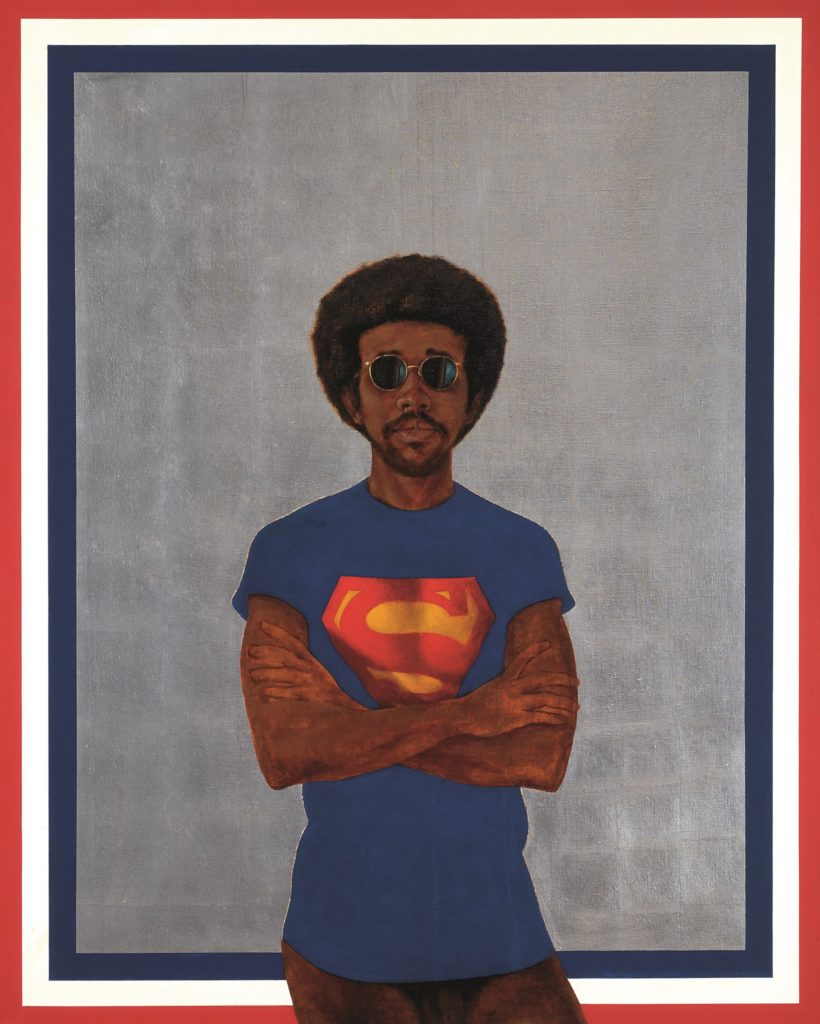A new exhibition, The Soul of a Nation: Art in the Age of Black Power, traces the evocative works of Black artists in response to 1960s America and beyond

“You will not be able to stay home, brother. You will not be able to plug in, turn on and cop out,” calls Gil Scott-Heron in his song and poem, ‘The Revolution Will Not Be Televised’. In his words, the people of the Black Power movements of the 1960s in the United States were united by shared emotions. Today, in Soul of a Nation: Art in the Age of Black Power, a new exhibition at London’s Tate Modern, a collection of era-defining works charts the two decades after 1963. Starting at the height of the Civil Rights movement, it traces a history of change, a range of artistic viewpoints, and the individuals who would confound expectations. Below, we look at three artists included in this landmark exhibition.
Elizabeth Catlett

Washington-born graphic artist and sculptor Elizabeth Catlett was a master storyteller. “Art”, she once noted, “must answer a question, or wake somebody up, or give a shove in the right direction – our liberation.” A grandchild of freed slaves, Catlett combined modernist principles, including using rounded, wave-like forms abstracted from nature, and frequently drew on the proliferation of racism, classism and sexism in society.
Barkley Hendricks

In line with boxer Jack Johnson’s insistence that Black artists should be free to use colour like other artists, without having to employ symbols, Barkley Hendricks steered towards Black portraiture and conceptualism. There, he aimed to feature under-represented blacks of the 1960s and beyond, as well as himself, imbuing each with dignity and self-worth – a clear approach to his 1969 work entitled, Icon for My Man Superman (Superman Never Saved any Black People – Bobby Seale).
Roy DeCarava

Roy DeCarava found purpose in chronicling the underserved community in Harlem, his birthplace. This would be the root of his early success as, through black and white photography, he broke with social documentary traditions to find a form of expression that resonated with the experiences of people of colour. DeCarava’s approach was intuitive and penetrating, and pictures of ordinary moments were imbued with tenderness. Throughout his career, the camera was a necessary tool for creating a new type of art.
Soul of a Nation: Art in the Age of Black Power is on show at Tate Modern until 22 October